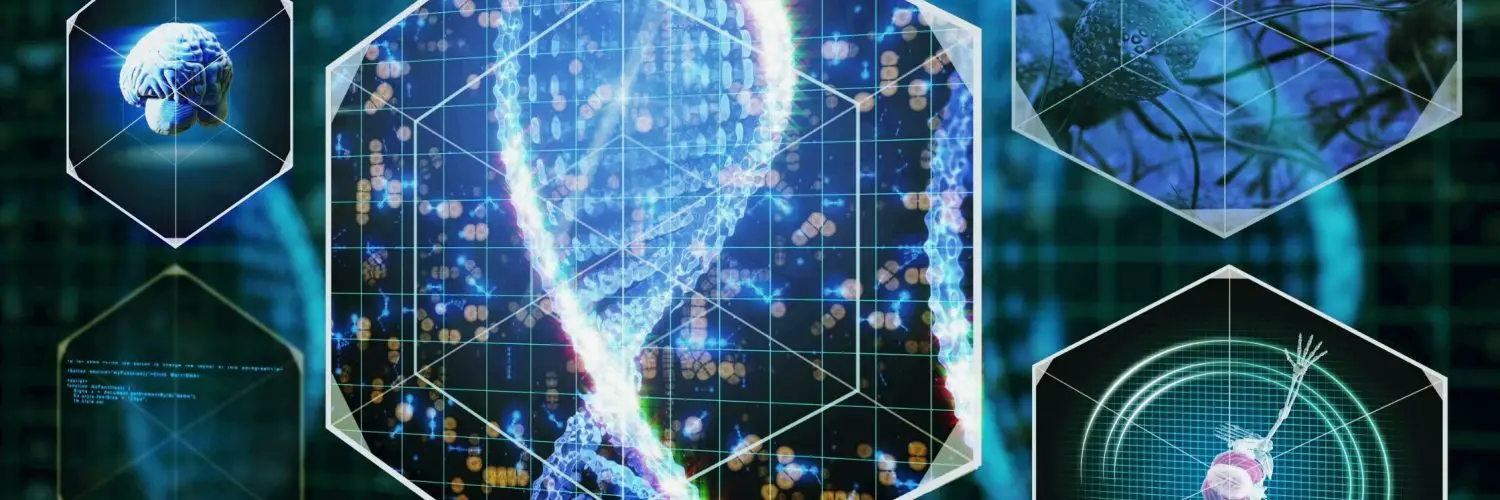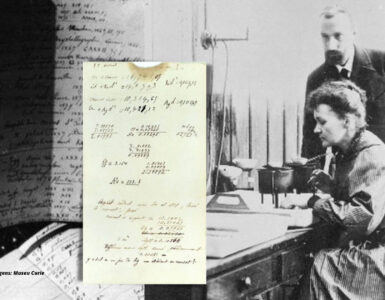Most people who first hear about DNA Nanotechnology assume that the entire idea of this invention may be helpful in the functioning and development of all human beings. But they are mistaken. Of course, DNA is a clever molecule that is mainly significant for our growth and development, but when combined with nanotechnology, it aims at very different things. DNA nanotechnology may be interested in biology for the DNA’s design, study, and application of its synthetic structures. They are also waiting to make extensive use of the nucleic acid’s physical and chemical properties.
When Seeman came up with DNA Nanotechnology, he knew that a three-dimensional lattice structure was all it needed, which he could use to position and create molecules, which would make his crystallographic study a lot easier and better. Seeman even finds it more logical and exciting to construct new molecules without much inconvenience. To make the idea of DNA nanotechnology successful, the two dimensional and three-dimension lattices have all been created. He has also worked hard on the creation of nanotubes, polyhedra and other structures. Functional devices such as DNA Computers and molecular machines that were once impossible to create have also been developed with time.
Let us find out what more DNA nanotechnology has in store for us and how research communities are planning to use it for future purposes soon.
Seeman’s discovery is an ace of all
Today there are numerous ways to assemble DNA. While one of the strategies is based on a tiling method where small structures are drifted in the second method, it may be to fold it using DNA Origami and create two-dimensional and three-dimensional lattice structures. Finally, there is also a dynamically reconfigurable way to make it happen by implementing a strand displacement. These techniques allow us to administer proper control and structure on a molecular level as the size of these structures increases towards the microlevel domain. But the big question is: is it valid for any real-life issues or merely a grand experiment in the lab?
DNA Is a tiny molecule that can be helpful to us in several ways. One can add several functions to it in any pattern or anything. But the problem arises because the yield is relatively small and the production scale is low. However, the cost of DNA is relatively high. Although the entire process is utilised for several academic purposes, the problem is that we have to start using it commercially if we wish for commercial benefits in the long run. In many cases, DNA nanostructures can be faltered with as they are susceptible to ion strength, temperature and nucleases.
DNA Nanotechnology: The future for research communities
Although the large scale may seem a bit daunting to people right now, it has worked successfully on a small scale for so long. Many people have recognised it as a valuable tool for several purposes and dealing with an array of issues like biophysics in X-ray, nuclear magnetic resonance of proteins and even structural biology. DNA Origami was also used to determine the structures of a membrane protein by nuclear magnetic resonance.
Since DNA and Nanotechnology seem to be an excellent combination for all the right reasons, and now that we have seen DNA nanotechnology be a hard-core success, we expect it will be great in the long run. That is why in the future, this combination may be used for molecular-scale electronics that will help with the creation of nanowires and drugs in nanomedicines. We may also expect DNA robotics in nanomechanical sensors, switches and even tweezers. One can also expect it in DNA walkers to help employ nanoscale assembly lines to help move nanoparticles and direct chemical synthesis. So, it is fair to say that DNA nanotechnology is going to be a significant aspect of our future.
The Bottom Line
Due to all of these significant advances, we believe that DNA nanotechnology has a bright future, and an array of developments will come from this sector soon. The combination has proved to be growing and highly functional in so many aspects that scientists cannot wait to experiment more with it. Various research communities are finding themselves attracted to this to experiment with new nanoscale tools for numerous valuable applications. Target imagining, labelling, therapeutics, diagnosis and more are some of these applications that researchers may be looking at.





























